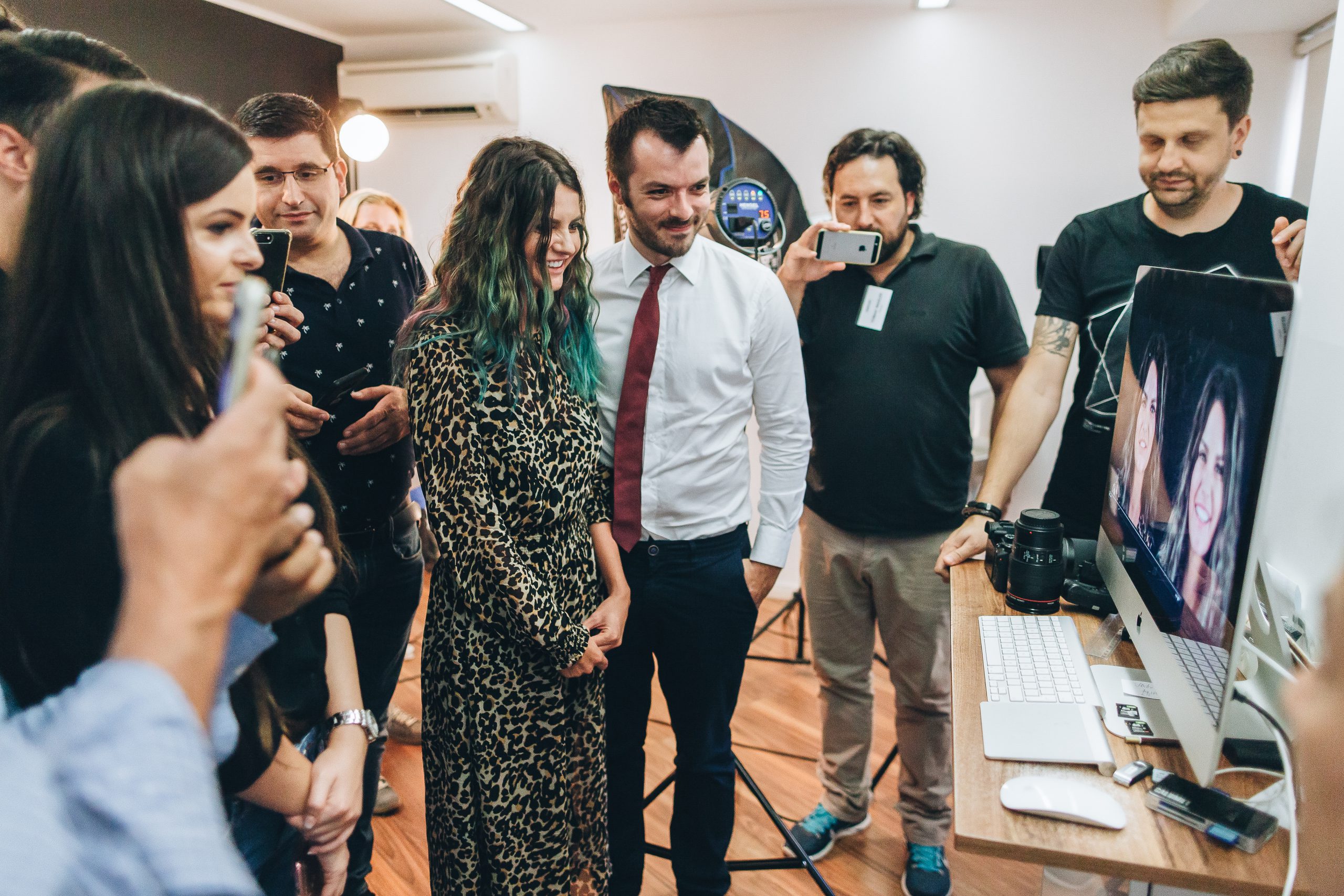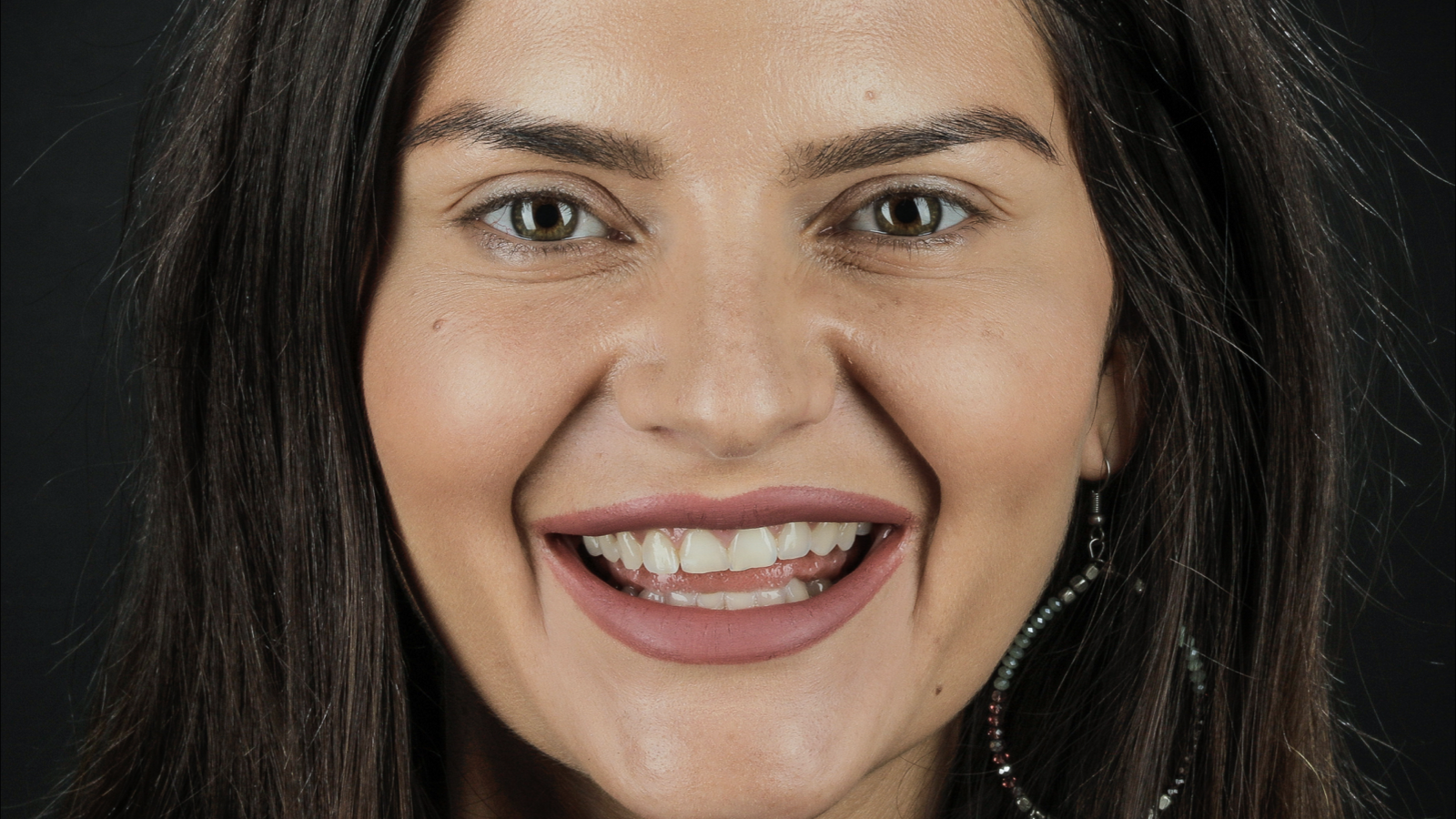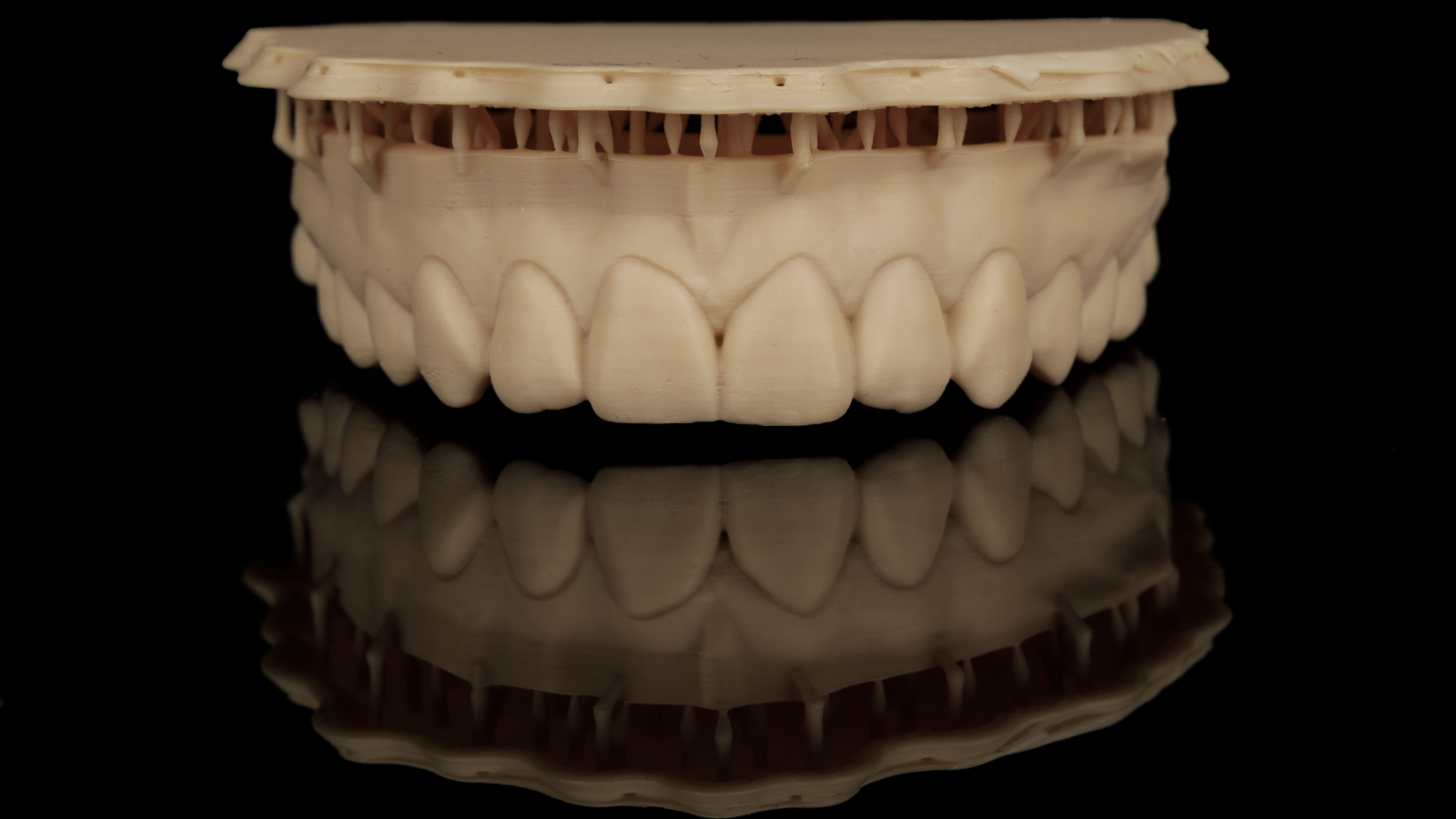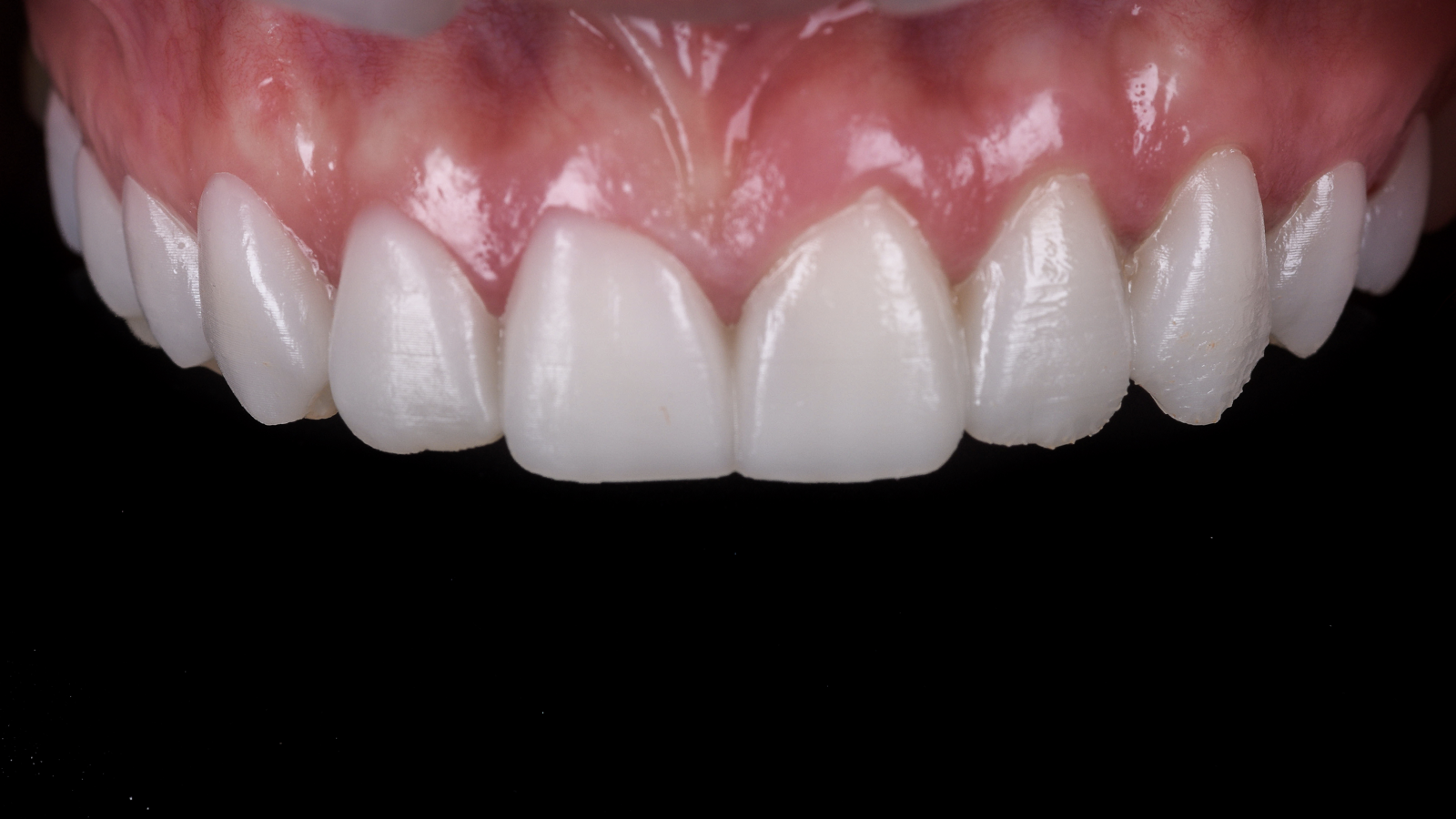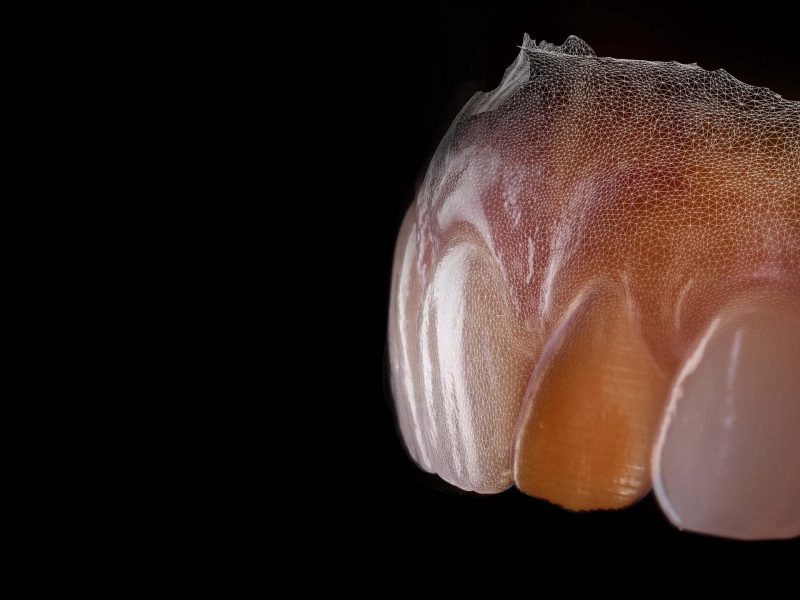Biometric Motivational Design
The motivational mock-up is a pre-treatment smile simulation based on the 2D treatment planning and shape selection. This step represents an extra layer of communication between dentist and patient. It helps the patient in the decision making process and helps the dentist communicate visually the esthetic implications of a treatment plan. It is usually presented to the patient as a before and after photo/video.
Indications
The motivational mock-up is an optional component of a prosthetic workflow. It is generally used to increase case acceptance, and to enhance the patient’s experience, as well as to motivate the patients into correct or complete treatment options. It also serves an important role in interdisciplinary communication, when the smile design project involves multi disciplinary procedures such as crown lengthening and orthodontic treatment.

Limitations
The motivational mockup is always designed on top of existing teeth/ tissue. From a clinical relevance standpoint it is advisable to limit motivational mock-ups to additive or borderline additive cases. A motivational mock-up is accurate in additive scenarios, and its accuracy and clinical relevance decrease in reductive cases. The patient’s understanding is also decreasing in highly reductive cases as the motivational design placement becomes more buccal, creating a sensation of larger, more bulky smile.
Execution
Design can be either a wax-up or a printed model. For either workflows a silicone index is fabricated for the transfer. Optimal results require two stage silicone, or lab silicone with a pressure pot. This will allow the mock-up to capture all the details of the design.
In order to facilitate the excess removal of the bysacril, V-shaped cuts are performed following the papillae on the impression. It is advised to also mark the midline on the silicone index, to prevent mispositioning. Once filled with bysacril, the index is then positioned in the mouth. When bysacril starts to cure, excess is cleaned with a probe. There should be no pressure applied on the index, if pressure is applied, there is a vacuum effect on the surface of the mock-up resulting in loss of micro or even macro texture.When bysacril is fully cured, the index is carefully removed, and any remaining excess is cleaned using a blade.

Management of reductive scenarios
Vertical reduction simulation is simulated by using a black marker to paint the area that needs to be reduced intra-orally. In sagittal axis, protrusive scenarios, the design will be positioned buccal, most often away from the tissue, resulting in deep shadows interproximally and bulky emergence profile.
Pink composite can be used to simulate a better relationship to the tissue, which will result, after patient’s consent to reduce or orthodontically move the protrusive structures.
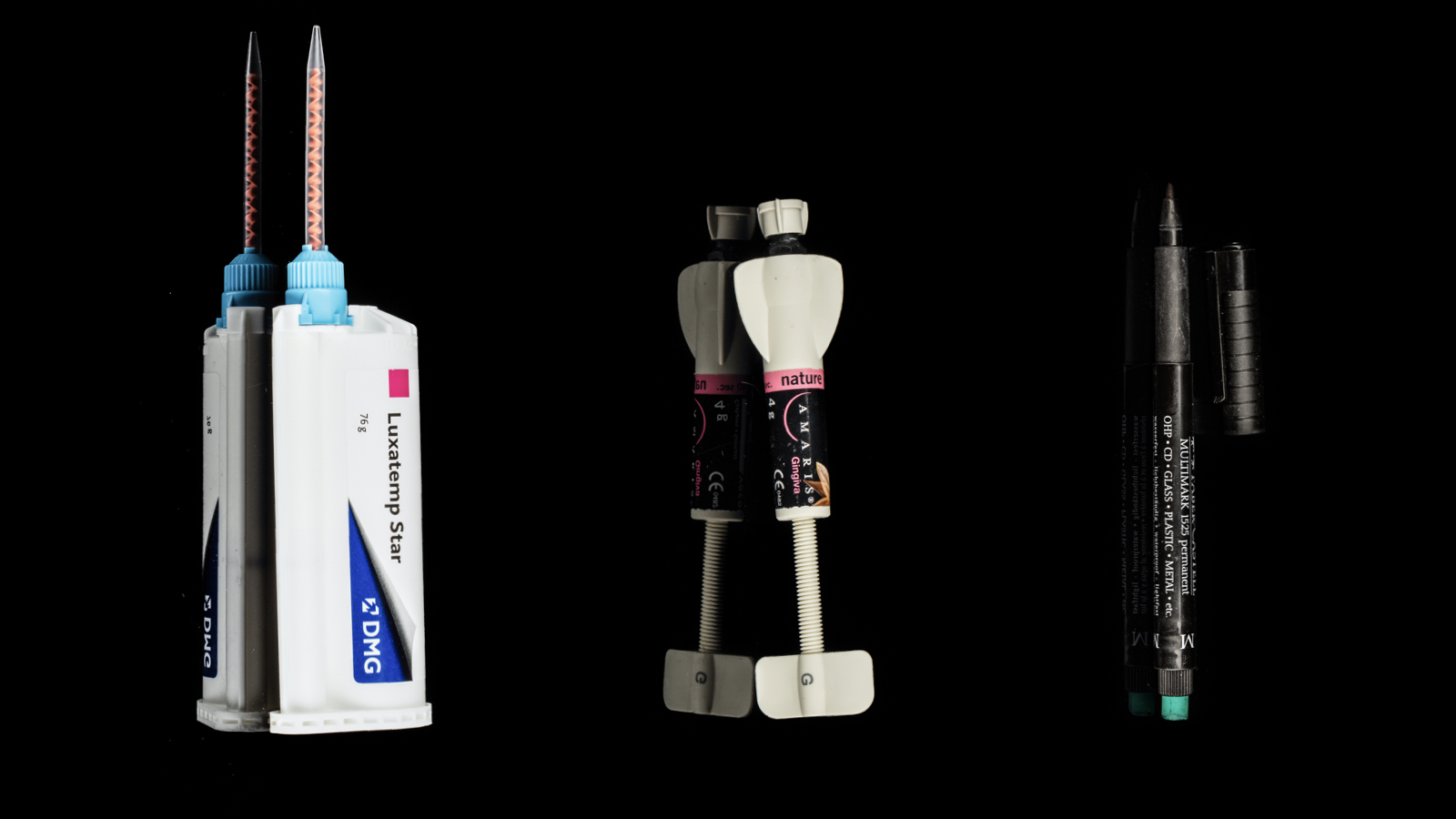
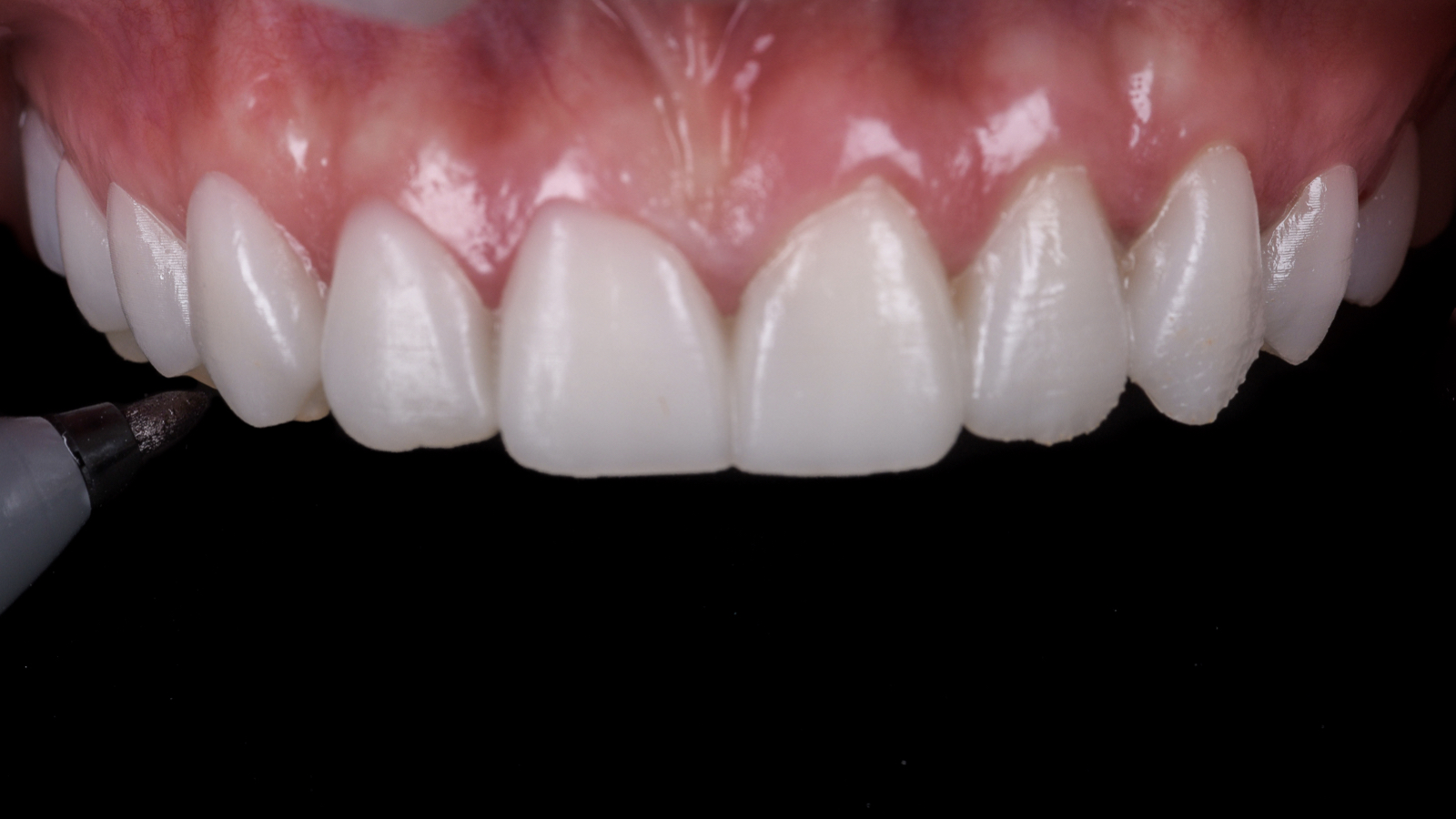
Patient experience
Ideally the mock-up is presented via a before and after photo or video. Patient is filmed or photographed before the mock-up and after the mock-up is done. Constructing the before and after perspective helps the patient understand the esthetic implications of the treatment.
It also ensures that the smile is designed and judged from a facial perspective, rather than an intra-oral one. Video will also capture motion, allowing both patient and dentist to evaluate the new design in relation to patient’s expression and lip dynamics.
The patient should not be allowed to look at the design with a mirror. Only photo / video presentation gives a good perception of the simulated final result.
Common mistakes
In order to achieve the best possible outcome, take note on the following:
- Misplacing the silicone index. The clinician should always check the fit of the silicone index prior to loading it with bysacril.
- Showing the mock-up to the patient using a mirror. Because of the scaling effect the patient will perceive the design as too big, and will most often result in failure.
- Using the motivational mock-up as preparation guide. Unless the case is 100% additive, this should always be avoided, as it will result in over-contoured ceramics.
- Using the motivational mock-up as a surgical guide. Because of the scaling effect that occurs when we position structures on top of tissue, using the motivational mock-up as a surgical guide will always result in reducing more soft tissue than necessary, especially in the proximal areas, which will have an undesirable side effect on the papillae-contact area ratio.



